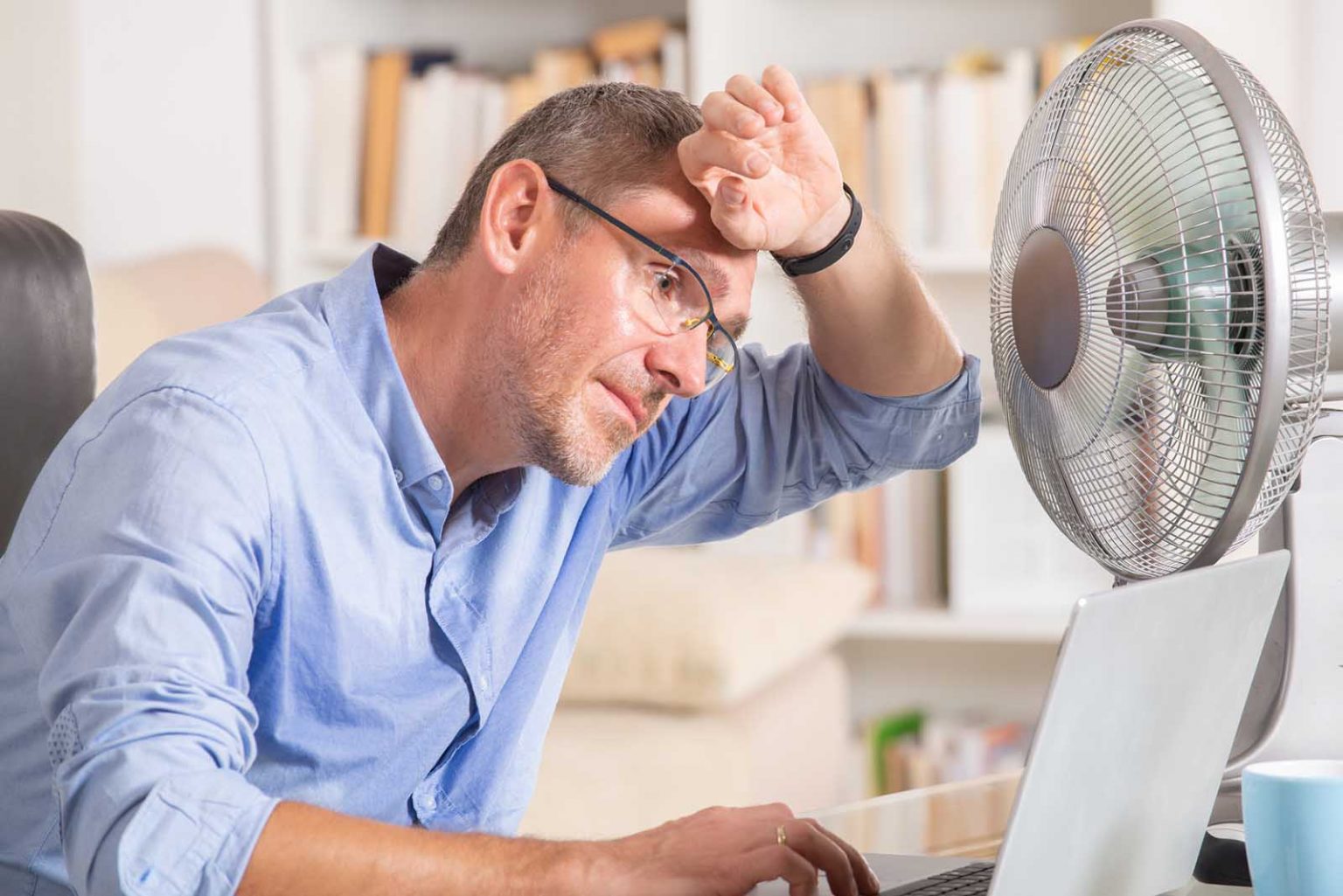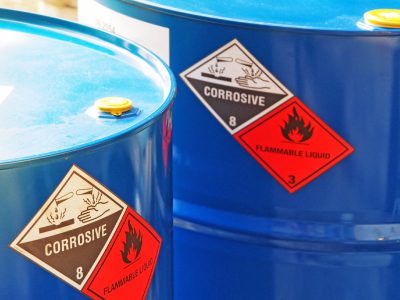Heat stress is a serious condition that causes many individuals, especially those who conduct strenuous tasks in hot and humid working environments, whether indoors or outdoors, especially in summer. Heat stress is not only harmful to workers’ health but also reduces productivity and reduced the quality of their job. It can exhibit itself in a variety of ways, including rashes, cramps, tiredness, and, in the worst-case scenario, heatstroke. Heat rashes and heat cramps are unpleasant and can limit workers’ ability to work, but dehydration and heat stroke are far more dangerous and require urgent medical assistance.
There are plenty of warning indicators for heat-related sickness. Observing these warning indications allows a worker to take appropriate measures to regain control of the situation. Headache, lightheadedness, dizziness, unusual weariness, irritability, confusion, nausea/vomiting, cramps, and diarrhoea are some of the warning indications. In an attempt to shed heat, the body redirects blood from internal organs and muscles to the skin, resulting in these symptoms. Furthermore, sweating causes a loss of fluids, which can lead to dehydration.
Heat risk is likely at temperatures between 85- and 95-degrees Fahrenheit, with humidity levels ranging from 30 to 60%. Workers are in even more danger when the temperature goes beyond 95 degrees F and the humidity rises above 60%. Due to exposure to high temperatures workers develop heat rash, heat cramps heat exhaustion or heat stroke which can cost workers life.
Damages of exposure to Heat Stress

- When perspiration cannot freely evaporate from the skin, it causes skin discomfort. It will be helpful if to wear clothes that enable sweat to evaporate and take breaks to enable your skin to dry.
- Sweat causes salt and fluid loss in the body. Muscle spasms and cramps can be caused by a lack of salt in the muscles. It will assist if you drink water and refill your salts.
- Symptoms such as weariness, headache, dizziness, and nausea can occur when a considerable volume of fluid (and sometimes salt) is lost. It will assist if you stay hydrated, replace salts, and take regular rest intervals. Heat exhaustion can be a sign of impending heat stroke.
- The body’s temperature increases so quickly and to such a high level that the body’s usual cooling processes fail and it is unable to cool down. The skin of the victim is burning and typically dry. Medical attention and first assistance are required right away. While waiting for medical help, relocate the victim to a cool environment, remove or damp clothing, and vigorously fan the person to improve the cooling impact.
Several things can be done to assist minimize the effects of heat stress. Learn the signs and symptoms of heat stress because being trained to know when heat stress is possible and recognizing the symptoms will provide the opportunity to take action. Also, it is a good idea to work in teams to help monitor each other.
Heat Stress Preventions
Workers can acclimate to hot working circumstances to some extent. Frequent exposure to heat allows the body to adjust to the higher ambient temperatures. Both new employees and those returning to work after a break require time to adapt to the scorching conditions.

Regular rest breaks help the body cool down, as does drinking enough of cool water throughout the day. Whenever possible, the worker should work or rest under a shady area to reduce the danger of heat exhaustion.
Finally, clothes can influence one’s vulnerability to heat sickness. Fabrics that enhance the cooling effect by transporting sweat from the skin to the garment’s outside surface for simpler and faster evaporation can be helpful. abstain from coffee and alcoholic beverages. These beverages cause dehydration, which increases the risk of heatstroke.
In several regions of the country, temperatures can climb well into the 90s, with humidity levels above 60%. This is especially prevalent throughout the summer months. As the air and skin temperatures normalize, radiation stops working. Convection is no longer possible since the circulating air is now warm rather than cool. Conduction is not possible if there is nothing cool to contact. In addition, if the air is humid, sweat will not evaporate.
Heat Stress Precautions
When working outdoors or in unconditioned indoor locations in particularly hot weather, employees should take extra precautions to avoid heat-related sickness. When human bodies are unable to regulate their internal body temperature, they develop heat-related sickness. Sweating is a natural way for the body to cool down in hot temperatures. Sweating alone isn’t enough in some situations. High humidity, restricted airflow, working in direct sunlight, severe physical activity, and poor physical conditions are examples of such situations.
Allow yourself some time to acclimate to the heat. A heatwave puts your body to the test. Limit your physical activities until you become used to the heat. It can take days or weeks to adjust to a stressful atmosphere. Gradual adaptation enhances employees’ ability to endure heat by allowing them to sweat more effectively, which cools the body and makes it simpler to create a balanced temperature.

Heat Stress Symptoms
Excessive sweating or lack of perspiration with heated dry skin are some of the indications and symptoms of the heat-related disease.











